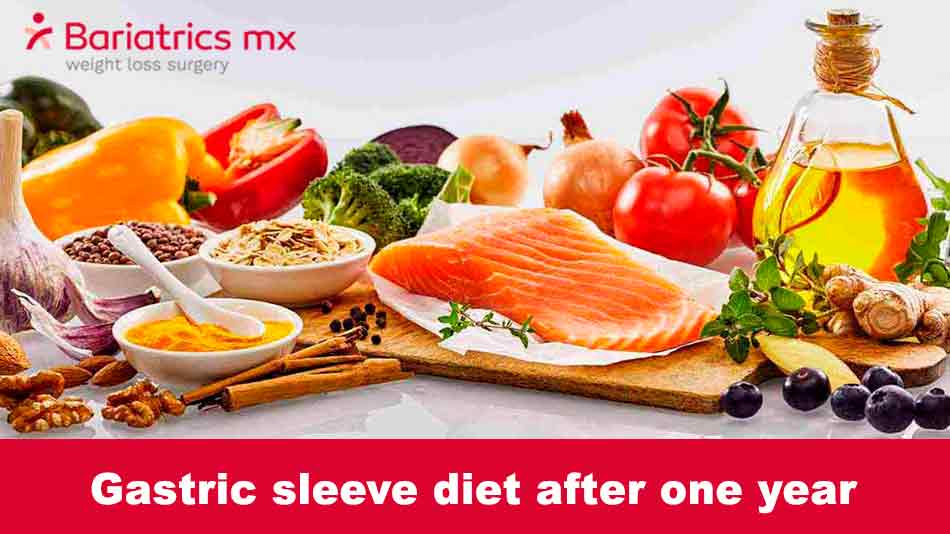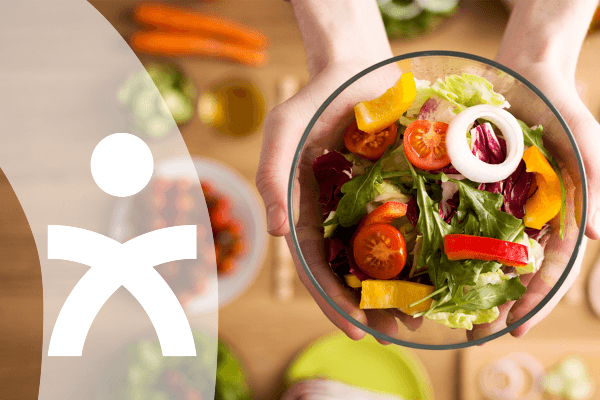Congratulations on making it to one year after your gastric sleeve surgery! That’s no small feat. But as you might already know, the journey doesn’t stop at the operating room it’s a lifelong commitment to your health and wellness. By now, your body has gone through major changes, and sticking to a healthy diet is key to keeping the weight off and feeling your best. Let’s explore what your diet should look like at this stage to keep your progress on track.
Key nutritional needs one year after gastric sleeve surgery
A year after surgery, your body still needs you to pay close attention to what you’re eating. The general idea is to keep your calorie intake low while making sure you’re not missing out on important nutrients. Protein should be your best friend here. Not only does it help with muscle maintenance, but it also keeps you full for longer periods. Aim for around 60-80 grams of protein each day, which you can get from sources like lean meats, fish, eggs, and dairy.
Calorie-wise, most folks do well with about 800 to 1,200 calories a day, but it really depends on how active you are and your individual needs. You don’t have to be super strict with the numbers, but try to avoid those high-calorie, low-nutrient foods that don’t offer much in return. Think of your calories like a budget: you want the most nutritional bang for your buck.
Proteins
When it comes to your post-surgery diet, protein is where it’s at. Foods like chicken, turkey, fish, eggs, and low-fat dairy should be on your plate at every meal. Start with protein first before moving on to other food groups. This approach helps you hit your protein goals and keeps you fuller for longer, which can reduce cravings and the urge to snack on less healthy options.
If you’re struggling to meet your protein needs through food alone, protein shakes can help fill the gap. Just be mindful of the sugar and carb content, and use them as a supplement to, not a replacement for, your meals.
Managing carbs and fats: keep it balanced
While protein is your main focus, you don’t want to ignore carbs and fats. The key is choosing the right kinds. Go for complex carbs like whole grains, veggies, and legumes—they’re packed with fiber and help keep your blood sugar steady. On the flip side, steer clear of refined carbs like white bread, pastries, and sugary snacks that can derail your progress.
For fats, aim for the healthy ones you get from avocados, nuts, seeds, and olive oil. They’re good for your heart and can make meals more satisfying, but remember that fats are calorie-dense, so you’ll want to watch your portions.
Eating habits that set you up for success
The way you eat can be just as important as what you eat. Here are some tried-and-true tips to help you stay on track:
- Eat slowly and chew well: It might sound basic, but taking your time with meals can really help you tune into your body’s fullness signals, preventing overeating.
- Skip the drinks with meals: Drinking while you eat can make you feel too full or bloated. Try to keep fluids separate from meals—wait about half an hour before or after you eat to drink.
- Small meals, more often: Smaller, more frequent meals can keep your energy up and your hunger down throughout the day.
- Trust your hunger cues: Learn to recognize when you’re actually hungry versus when you’re bored, stressed, or just eating out of habit.
Foods to enjoy and foods to avoid: a quick guide
Figuring out what to eat (and what to skip) can be half the battle. Here’s a quick rundown to make things easier:
- Good Choices:
- Lean proteins like chicken, fish, and eggs
- Non-starchy veggies like broccoli, spinach, and bell peppers
- Whole grains such as quinoa and brown rice
- Healthy fats from avocados, nuts, and olive oil
- Low-fat dairy options like Greek yogurt and cottage cheese
- Best to Avoid:
- Sugary snacks and drinks, including sodas and candies
- Fried and high-fat foods like chips and fast food
- Refined carbs like white bread and pasta
- Alcohol, which can interfere with your weight loss and nutrient absorption
3 Common pitfalls and how to dodge them one year after gastric sleeve
It’s easy to slip up now and then, especially after you’ve hit the one-year mark. Here are some common mistakes and how you can avoid them:
- Mindless Munching: Reaching for snacks like chips or sweets when you’re not really hungry can sneak in a lot of extra calories. Stick to planned meals and healthy snacks, like a piece of fruit or a handful of almonds.
- Portion Creep: As time goes on, it’s normal for portion sizes to slowly increase. Using smaller plates and pre-measuring your portions can help keep things in check.
- Skipping Meals: It might seem counterintuitive, but skipping meals can actually slow down your metabolism and lead to overeating later. Keeping a regular eating schedule can help you avoid this pitfall.
Meal ideas and sample menus for gastric sleeve patients
Planning ahead is a great way to stay on top of your nutrition. Here’s a sample menu to help you get started:
- Breakfast: Scrambled eggs with spinach and a side of whole-grain toast
- Snack: A cup of Greek yogurt with fresh berries
- Lunch: Grilled chicken on a mixed greens salad with cucumbers and a light vinaigrette
- Snack: A small apple with a spoonful of almond butter
- Dinner: Baked salmon served with quinoa and steamed broccoli
- Snack: Cottage cheese with a sprinkle of chia seeds
Feel free to adjust the portions based on your needs, and make sure to mix things up to keep your meals interesting!
Staying motivated and on track: Tips to keep you going
Keeping up the momentum a year after gastric sleeve surgery can be tough, but it’s totally doable with the right mindset and support. Here are some ideas to help keep you motivated:
- Set small goals: It’s easier to stay motivated when you’re working toward something tangible, like fitting into a certain pair of jeans or walking a certain distance.
- Celebrate your wins: Don’t forget to reward yourself when you hit a milestone, whether it’s treating yourself to a new book, taking a day off, or simply enjoying some downtime.
- Lean on your support system: Whether it’s family, friends, or a support group, having people who understand your journey can make a huge difference.
- Keep a food journal: Writing down what you eat can help you spot patterns and keep you accountable. Plus, it’s a great way to see how far you’ve come!
Frequently asked questions
How much can you eat 1 year after gastric sleeve?
Around one year out, most people can comfortably eat about 1/2 to 1 cup of food per meal. It’s all about focusing on quality over quantity, so aim for nutrient-rich foods that fuel your body.
How many calories should I eat 12 months after gastric sleeve?
Calorie needs can vary, but sticking to around 800-1,200 calories a day works well for many. It’s always a good idea to check in with your healthcare provider to personalize your plan.
How to lose weight after 1 year gastric sleeve?
If weight loss has slowed down, consider revisiting your diet and exercise routines. Focus on high-protein, low-carb meals and keep portions controlled. Don’t hesitate to reach out to a dietitian for extra guidance tailored to your situation.
What are the macros for 1 year post gastric sleeve?
A balanced approach might look like 40% protein, 30% carbs, and 30% fats, but this can vary depending on your needs. The main thing is to listen to your body and adjust as necessary.
Can you ever eat a full meal again after gastric sleeve?
Your meal sizes will always be smaller than they were pre-surgery, but you can still enjoy a wide variety of foods. The focus is on smaller, more frequent meals that satisfy your hunger without pushing your stomach’s limits.









